Daisies provide a delicate, multi-coloured and spectacular impression on the seemingly harsh and dry looking bush areas of Western Australia (WA). Growing everlastings and other colourful daisies for your own spring show is guaranteed to bring great pleasure and satisfaction.
This is the first of three articles in which we’ll share about the different types of daisies in WA and which will give a great show in your garden.
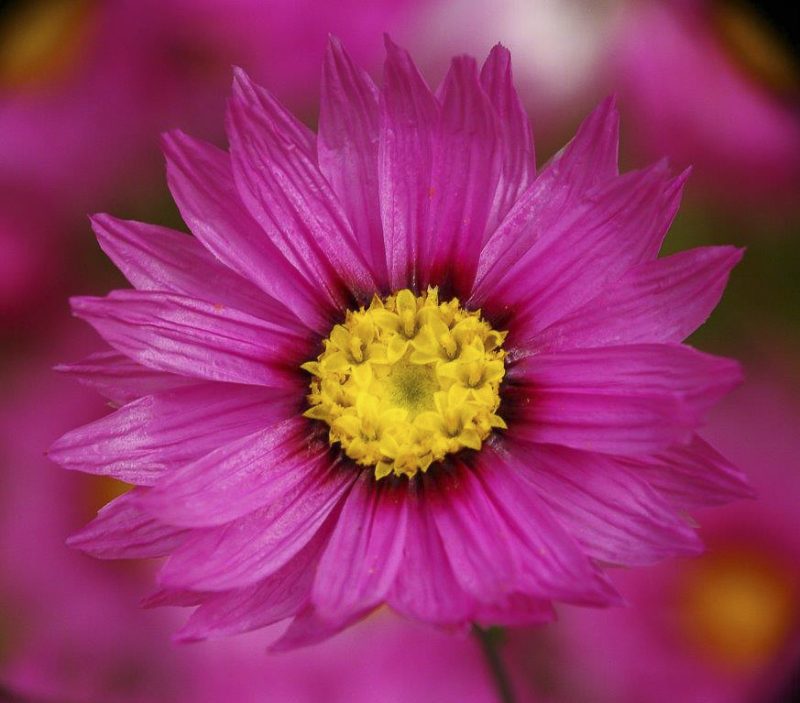
What’s in a name?
The common name “daisy” is derived from its Old English name meaning “day’s eye”. This is because the “petals” (of Bellis perennis, the daisy of English lawns) open at dawn and close at dusk.
The scientific name is a bit more complicated. These days the names of plant families are constructed by taking the name of the type genus and tacking on “aceae”. So the daisy family is known as Asteraceae from the type genus Aster, which is a Greek term that means “star”. The old name was “Compositeae”. This had the advantage of reminding us that the “flower” was not really a flower at all, but an inflorescence composed of several small flowers, or florets. (Actually, Compositeae is a validly published name and we are entitled to use it if we wish. It is just that it is not “current”.)
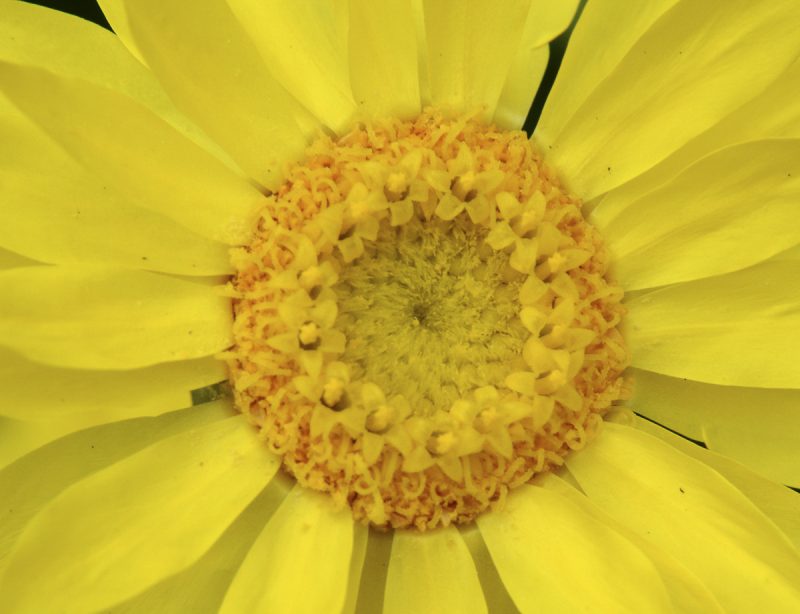
That flower arrangement has proved very effective with the family being recognised as the largest in the plant world with something like 24,000 species (depending on who is counting). And it has been around for a long time – about 87 million years!
Why are daisies so successful?
Presumably this flower construction sends a very clear signal to pollinators – here is my centre where you can get your reward and at the same time transfer pollen.
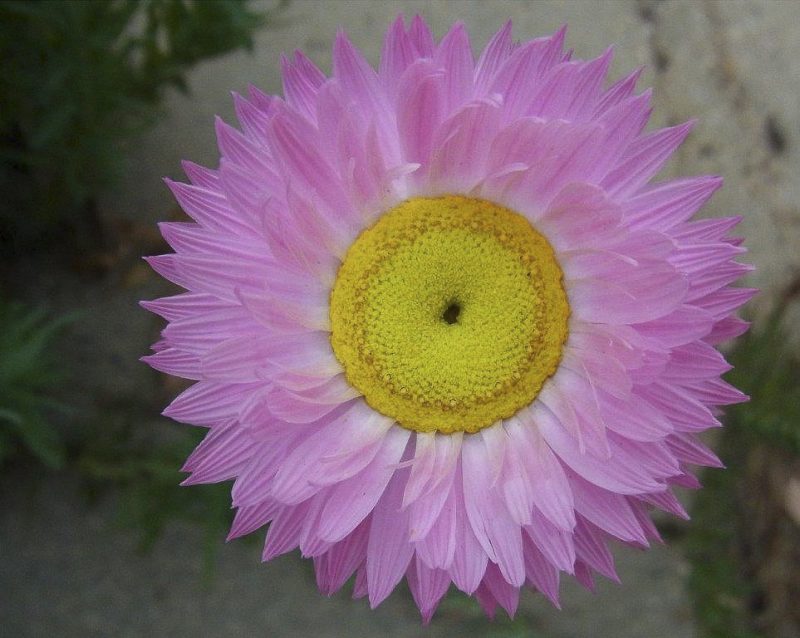
Further, many members of the family have fluffy seed that can be transported long distance, by wind. (We have all played “clocks” with dandelion flowers.) Especially in areas subject to advance and retreat of ice sheets, such as much of northern Europe and north America, the ability to invade new areas must have been a big advantage!
This probably also applies to Tasmania where daisy bushes are a prominent component of the flora. The ability of members of the family to store energy as fructans (mainly inulin) is an advantage in relatively dry zones. Fructans are long chain polymers of fructose molecules.
Disc or ray florets or both?
There are two kinds of florets: disc florets and ray florets. Disc florets, as the name implies, occur on the disc of the daisy flower. They are tiny versions of “normal” flowers with the five small petals distributed around the outside of the florets. Ray florets, on the other hand, occur around the outside of the disc. The petals are bigger and moved around to one side to form a strap or ray. You can often see signs of the individual petals as marks on the strap or as “teeth” at the tip.
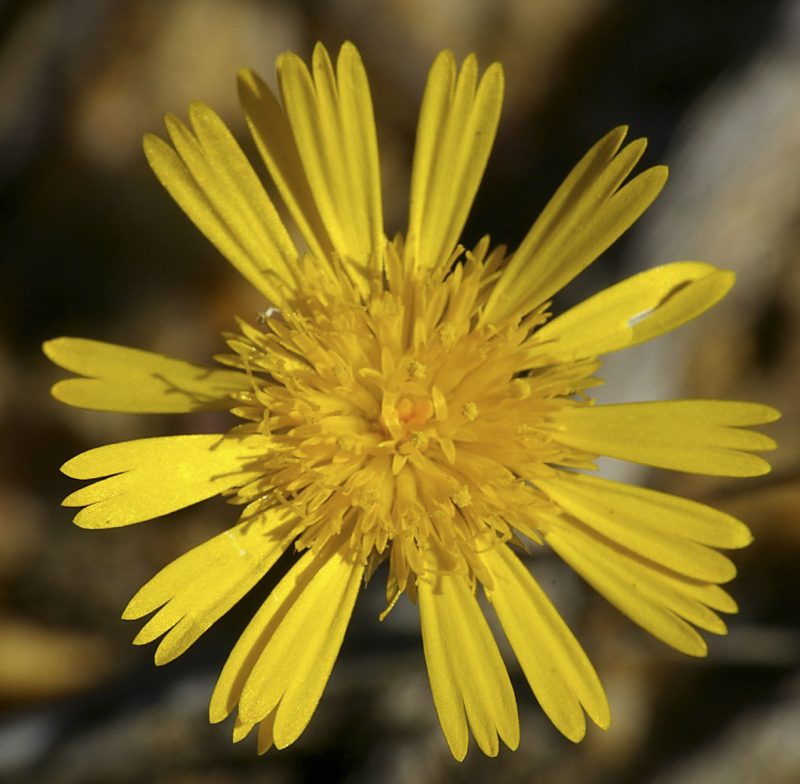
Daisy flowers can have:
• Both disc and ray florets
• Ray florets alone without disc florets, or
• Disc florets alone without ray florets.
While both disc and ray florets is the standard arrangement within the family, it by no means dominates in the south-west of Western Australia, which has all three types of flowers.
Dazzling daisies – with both disc and ray florets!
There are many beautiful wildflowers from WA that will grow in your garden. Here are just a few that feature both disc and ray florets.
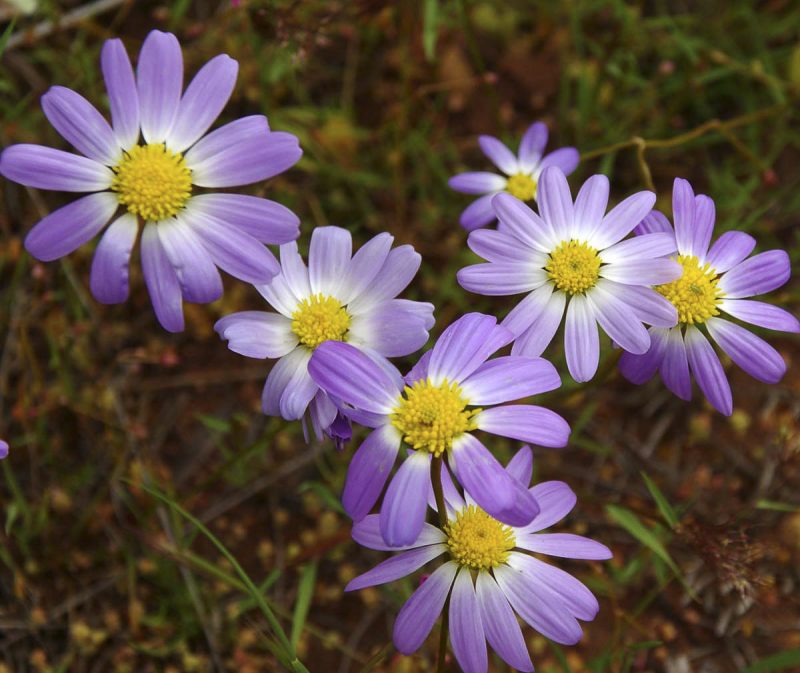
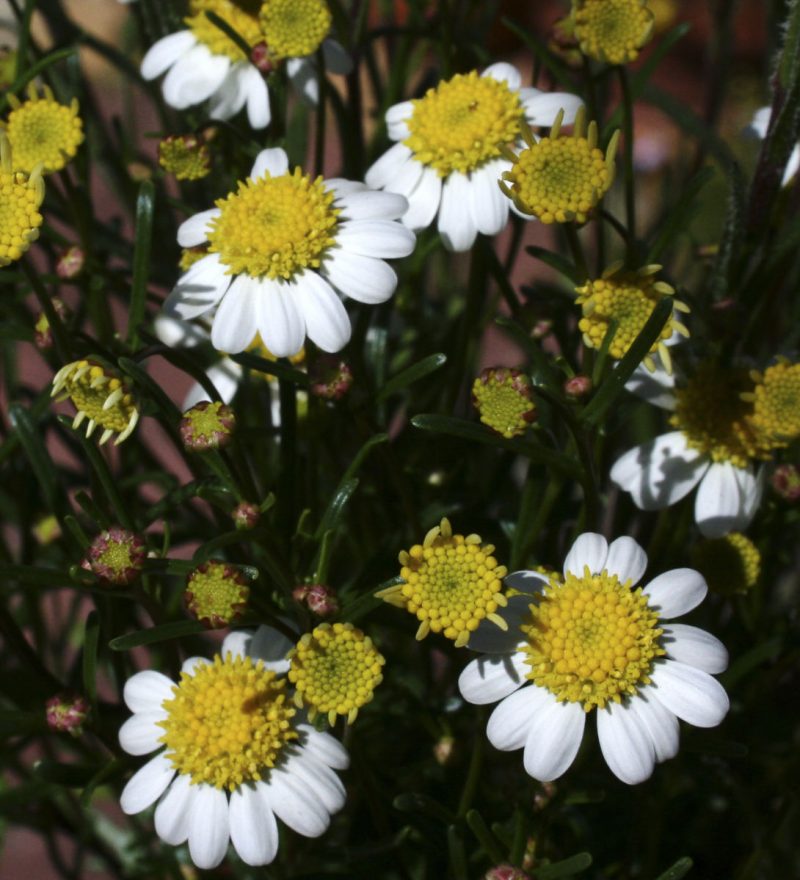
The delicate soft petalled daisies in their mauves and whites are found throughout the Western Australian bushland. In some areas, they make use of small, open patches in the bushland, creating bursts of colour which are highlighted when the sun shines on them.In other areas, they cover the ground closely, with their petals fluttering in the breeze.
The size of the plant often depends on available moisture. They usually complement all the other genera of daisies seen in the fabulous winter-spring displays in everlasting country.

The annual, Brachyscome iberidifolia, is the best known of these horticulturally. Many colour selections are now available and brilliant swathes of blue, purple, mauve, pink and white can be created with mass displays.

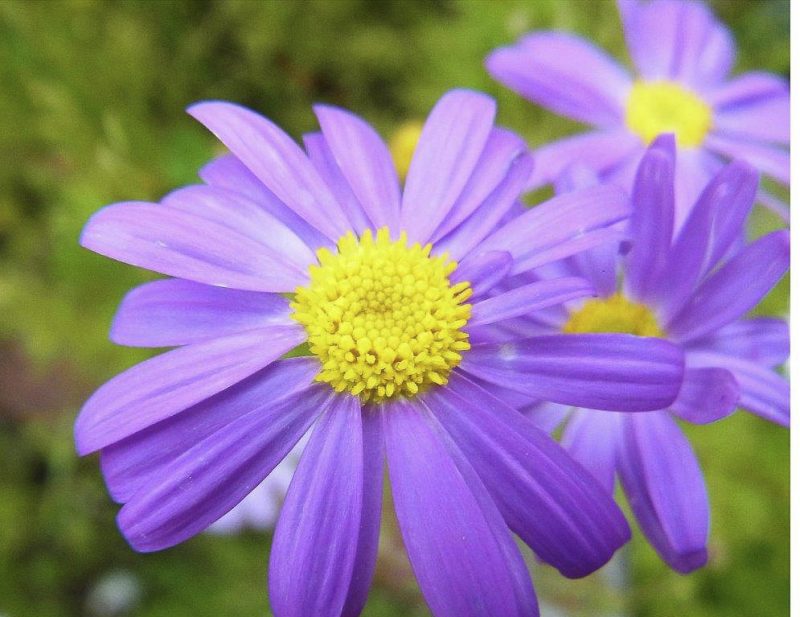
Botanically, the Brachyscome iberidifolia group and the Brachyscome ciliaris group are open to more study while a new genus Roebuckiella was recently split away. This includes one of our favourites, a mauve daisy with petals that turn back and is now called Roebuckiella ciliocarpa.
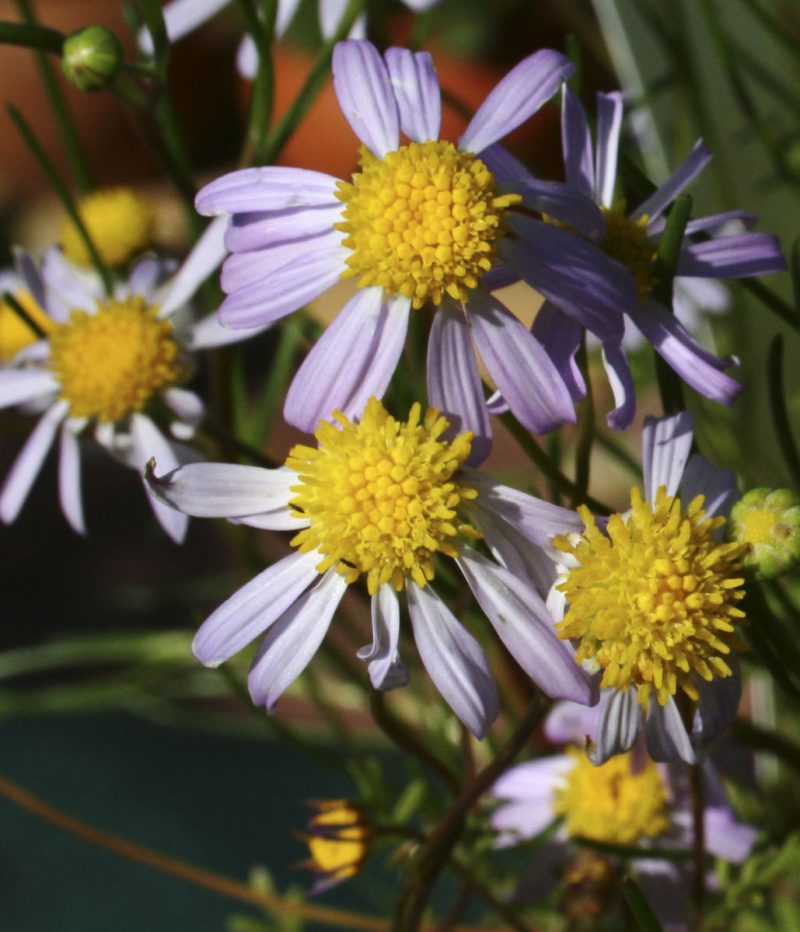
The name Roebuckiella was chosen after Roebuck Bay where William Dampier collected specimens. Initially the name “Roebuckia” was proposed, but Alex George pointed out that name was already assigned to a fossil fern and so the name was changed.
“Brachyscome” means “short hair” in reference to the short pappus, the feathery part of the seed which helps it fly. And just like Le(s)chenaultia, there is a troublesome “s”. To cut a long story short, the original spelling of Brachyscome was with the “s”, but the author subsequently removed the “s”. This created a dilemma and one that was never really solved with a firm decision from the nomenclature committee, but the “plus s” spelling is now most used.
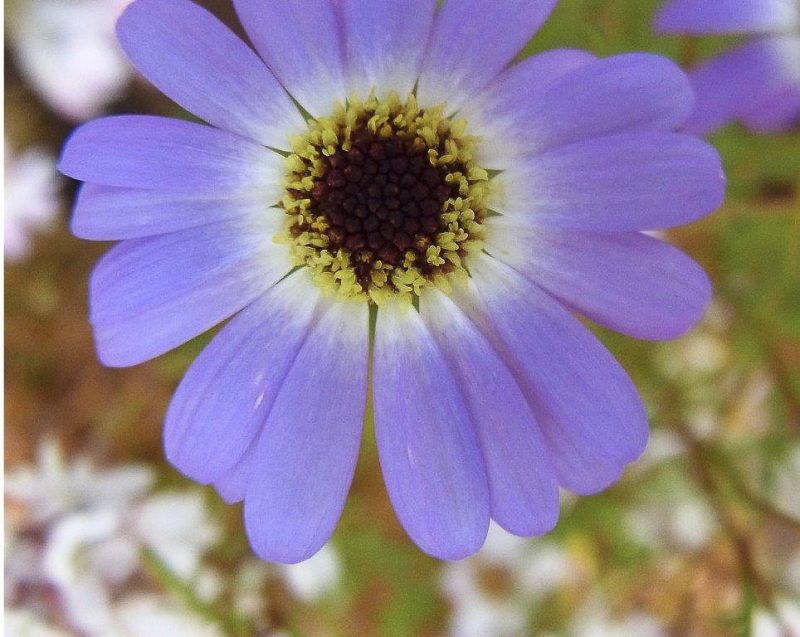
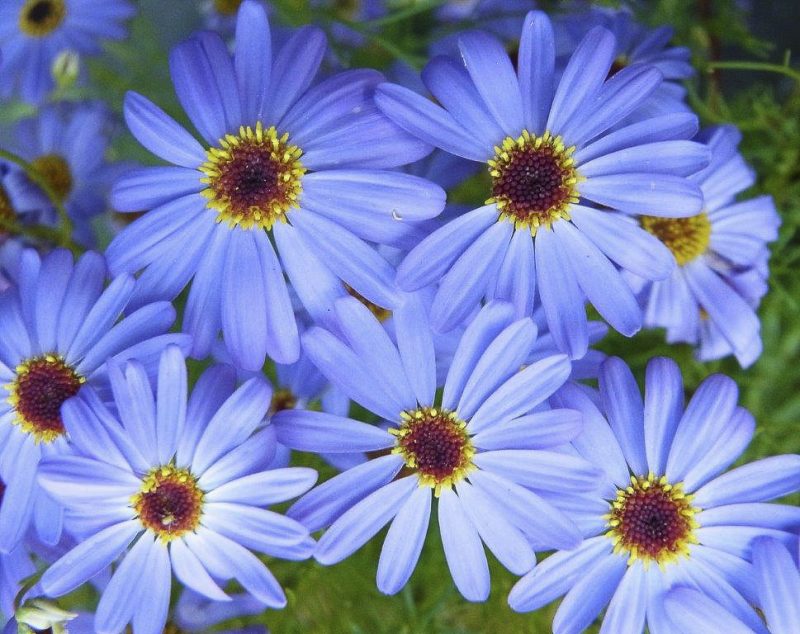
Podolepis
This is a genus recently revised to nine species plus several sub-species. A clue to recognising it is that the ray florets usually have “nicks” at the edges corresponding to the petals.
Several of species are worth growing with the best ones being Podolepis aristata and Podolepis lessonii (both yellow), Podolepis gracilis (white) and Podolepis rugata. All are very attractive.
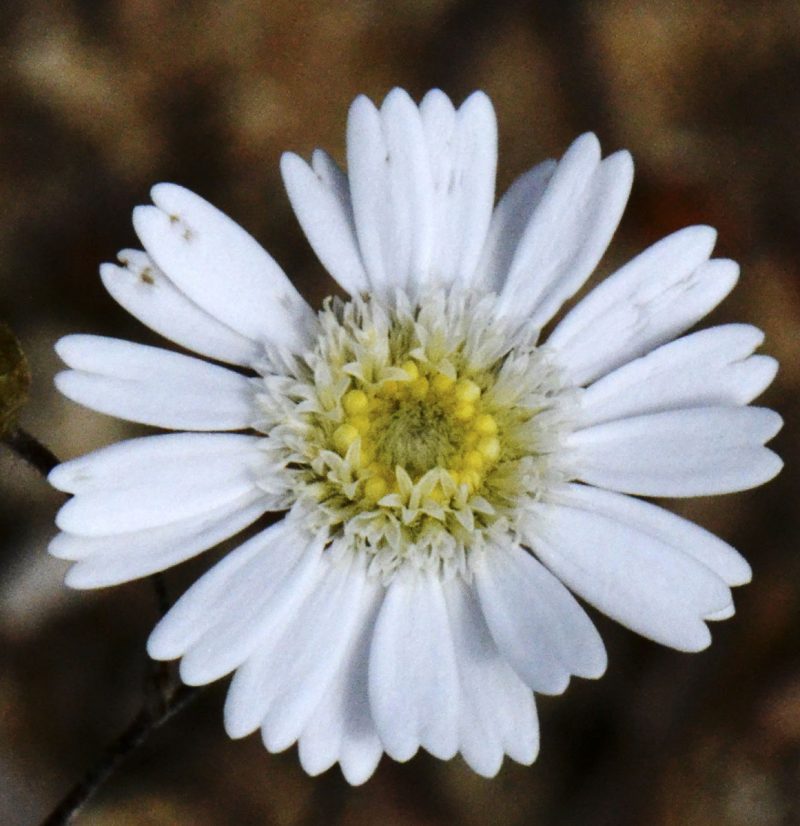
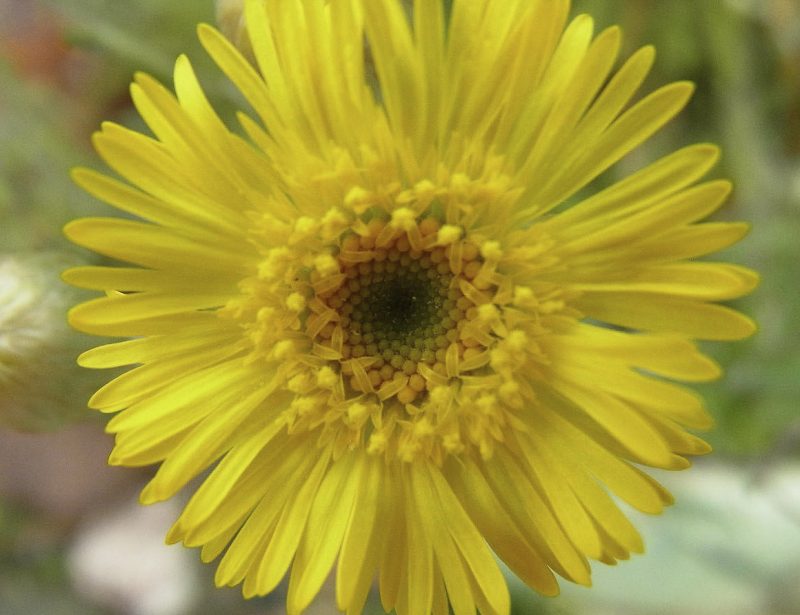
Olearia sp.
Olearia is a fairly large genus with about 130 species native to Australia. The name does not commemorate some Irishmen but is derived from a supposed resemblance of the leaves of the type species to the leaves of the olive (Olea) and therefore should be pronounced “Olee-AR-ee-a”.
Olearia axillaris has attractive silvery foliage and is increasingly planted. Olearia rudis is an attractive, small, white-flowered daisy bush which deserves wider cultivation. Seeds of Olearia axillaris can be readily germinated using smoke and it is likely that Olearia rudis would also respond to smoke treatment.
What is smoke treatment for seeds?
For many years smoke from wildfires or bushfires was known to stimulate the germination of seeds. In 2004, a chemical called butenolide was shown to be responsible for this effect. Later, several closely related compounds were discovered in smoke, and are collectively known as karrikins. These are a new class of plant hormones. You can buy seed starter (vermiculite treated with smoke) from Australian Wildflower Seeds.
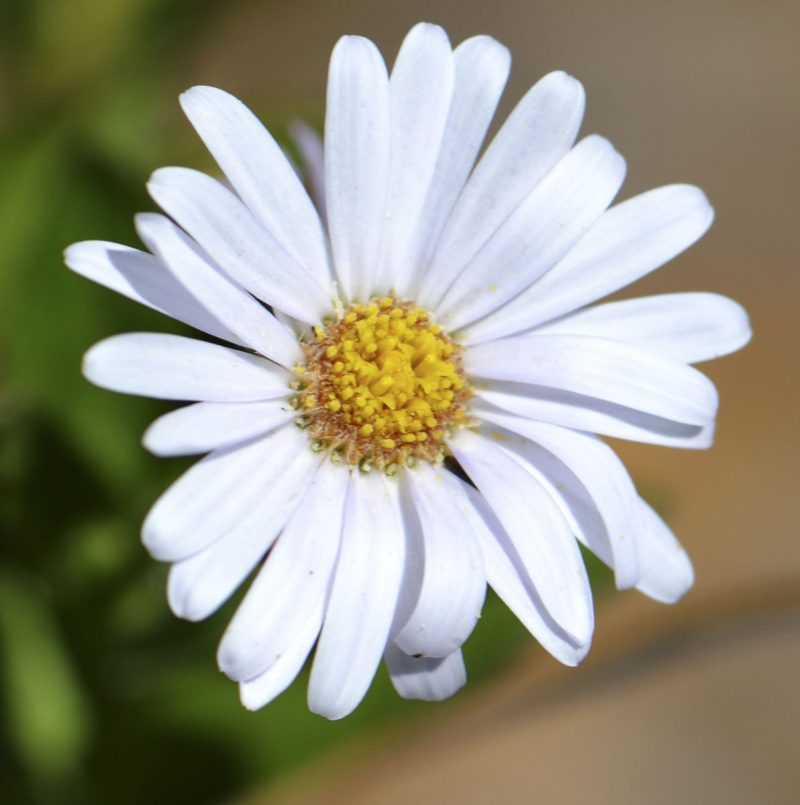
In our next article, we’ll share about daisies with only disc or ray florets, including the famous Rhodanthe genera.
Authors: Jim Barrow and Hazel E. Dempster. Photos by Jim Barrow, Hazel Dempster and Bill Dempster.
About the authors:
Jim Barrow and Hazel E. Dempster are members of the Wildflower Society of Western Australia. The Wildflower Society uses independent technical knowledge of WA’s wildflowers to help students, gardeners, professionals and families better know, grow, enjoy and conserve the wildflowers of Western Australia.
Jim worked for CSIRO for 40 years, “retiring” as a Chief Research Scientist in 1992. Since then, he has continued his scientific work, publishing more than 40 scientific papers since “retiring”. He also devoted time to his wildflower interests. He is a past president of the Wildflower Society of WA.
Hazel’s life-long interest in wildflowers, including 20 years in the nursery industry, has given her an encyclopaedic knowledge of WA plants and their cultivation and propagation. She is a Life Member of the Wildflower Society of WA and recipient of the Australian Plants Award in 2013.
This article previously appeared in GardenDrum.
